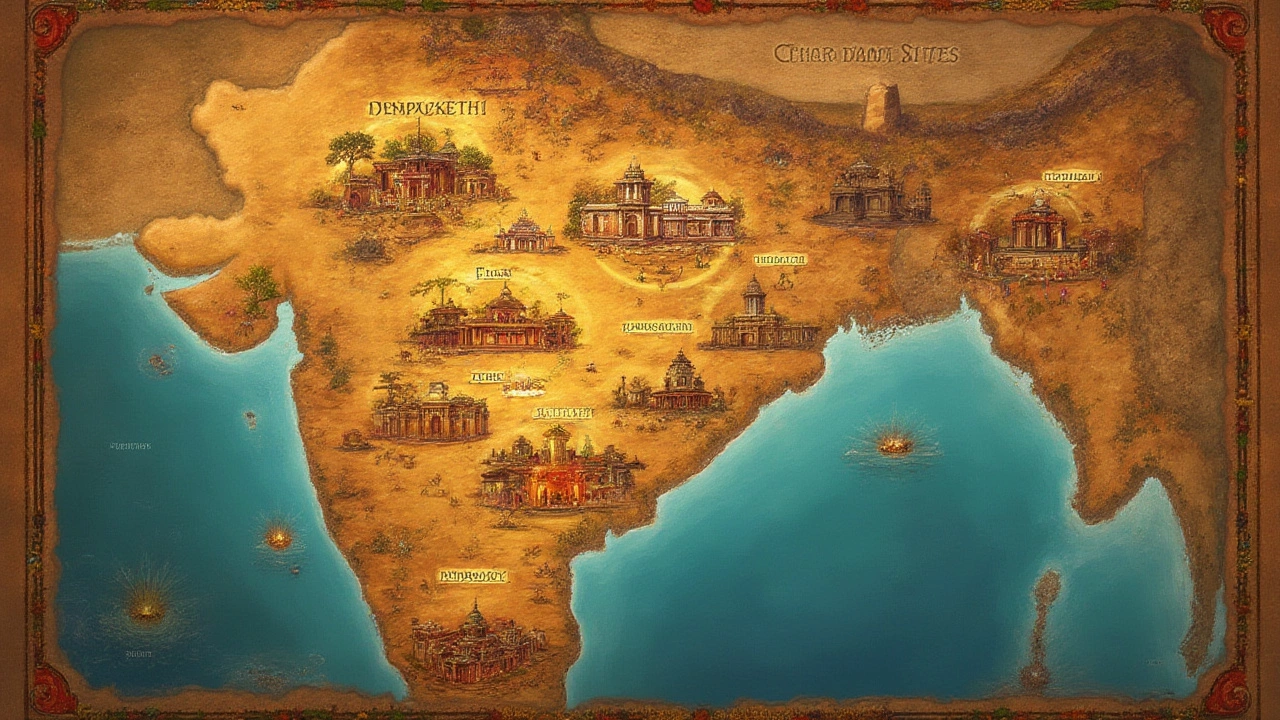
Ever wondered why Kedarnath isn't included in the famous Char Dham? Here's the real story explaining the difference between Char Dham and Chota Char Dham in India.
When planning a journey to Char Dham, the quartet of holy shrines in Uttarakhand comprising Yamunotri, Gangotri, Kedarnath and Badrinath. Also known as Char Dham Yatra, it draws millions seeking spiritual relief and mountain adventure.
Understanding Hindu pilgrimage, a tradition of traveling to sacred sites for worship and purification helps you frame the experience. Uttarakhand, the Himalayan state that hosts Char Dham, offers diverse climates from temperate valleys to snow‑capped peaks influences when you should go – the best window is late spring to early autumn when roads are clear and pilgrim facilities operate at full capacity. This aligns with insights from our travel safety posts: checking seasonal weather, local health advisories, and road conditions is crucial for any high‑altitude trek. Char Dham also demands proper budgeting; a typical trek costs include permits, transport to the base towns, stay in government camps, and optional guided services. Our cost‑focused articles break down these expenses so you can avoid surprise outlays and plan a pocket‑friendly journey.
To start, secure a Kedarnath permit, mandatory for trekkers above 3,000 meters well in advance, as slots fill quick during peak months. Pair this with a health check – altitude sickness can strike anyone, so the guidelines from our senior travel safety guide apply here too. Pack light, layer clothing for rapid temperature shifts, and carry water‑purification tablets, a tip echoed in our wildlife sanctuary article about staying safe in protected areas. If you’re a first‑time pilgrim, consider a guided group; experienced operators handle route logistics, emergency protocols, and local customs, reducing risk and letting you focus on the spiritual aspect.
Finally, respect the cultural etiquette shared across our temple‑tour posts: dress modestly, remove shoes before entering shrines, and follow the chanting schedule. Engaging with local priests deepens the pilgrimage’s meaning and often opens up lesser‑known viewpoints of the surrounding landscape. With these practical steps, you’ll be ready to experience Char Dham’s blend of devotion, natural beauty, and adventure – the foundation for the diverse articles you’ll find below.

Ever wondered why Kedarnath isn't included in the famous Char Dham? Here's the real story explaining the difference between Char Dham and Chota Char Dham in India.